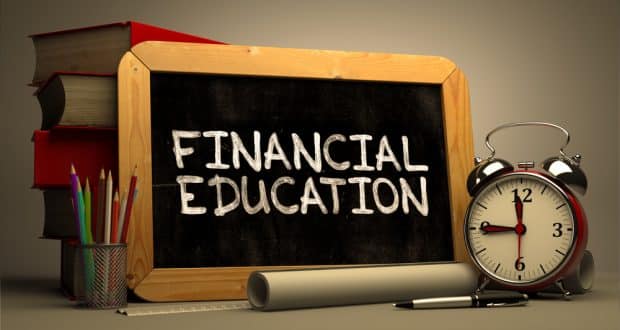Money Matters: The Need for Financial Education in Schools

In an era of unprecedented economic complexity, the traditional school curriculum is facing a critical gap. While subjects like mathematics, science, and literature are essential, they often fail to equip students with the practical life skills they need to thrive. One of the most significant omissions is financial education. The ability to manage money, understand debt, and plan for the future is not an innate skill; it's a learned one. Integrating financial literacy into the school system is no longer a matter of choice but a necessity for preparing the next generation for the real world.
The consequences of a lack of financial education are far-reaching and often begin early in adulthood. Young people, armed with student loans and new credit cards, often find themselves in a cycle of debt. Without a fundamental understanding of interest rates, credit scores, and budgeting, they are ill-prepared to make sound financial decisions. A study by the National Financial Educators Council found that a lack of financial literacy costs Americans an estimated $415 billion in 2023 alone, underscoring the societal impact of this issue. By teaching students about these concepts in a structured and safe environment, schools can provide a crucial foundation that prevents costly mistakes down the line.
Beyond the immediate concerns of debt, financial education in schools is vital for fostering long-term economic empowerment. A curriculum that includes lessons on saving, investing, and the power of compound interest can transform a student's future. Imagine a high school student learning how to open a savings account or the basics of investing in a 401(k) or IRA. These early lessons can set them on a path toward building wealth and achieving financial independence. This proactive approach not only benefits individuals but also creates a more economically stable and productive society. When citizens are financially literate, they are more likely to invest in the economy, create businesses, and contribute to their communities.
The modern financial landscape is also incredibly dynamic. The rise of online banking, cryptocurrencies, and various digital payment platforms has made money management both more convenient and more complex. Students need to learn how to navigate these digital tools safely. This includes understanding the risks of online scams, protecting personal information, and making informed decisions in a virtual world. A school-based financial education program can provide a safe space to discuss these new challenges, equipping students with the critical thinking skills to distinguish between legitimate opportunities and potential threats.
How to Implement Financial Education
Implementing effective financial education in schools requires a thoughtful approach. It shouldn't be just another elective course that students can skip. Instead, financial literacy should be integrated into the existing curriculum, much like how writing skills are taught across various subjects.
- Elementary School: The focus should be on foundational concepts like the difference between wants and needs, the value of money, and the importance of saving. Simple activities, like a classroom "store" or tracking savings goals, can make these lessons tangible and fun.
- Middle School: This is the ideal time to introduce more complex topics, such as budgeting, the basics of credit and debt, and understanding income and expenses. Students can learn to create a simple budget for a hypothetical scenario, like planning a vacation or buying a new video game system.
- High School: The curriculum should become more advanced, covering topics that are directly relevant to their near future. This includes understanding student loans, the basics of investing, retirement planning, and the importance of a good credit score. This is also a good time to introduce real-world tasks like filling out a FAFSA or understanding a tax form.
The Broader Impact
The benefits of financial education in schools extend beyond just individual students. It can help reduce wealth inequality by providing all students, regardless of their socioeconomic background, with the tools they need to succeed. It also fosters a more engaged and responsible citizenry. A financially literate population is more likely to understand public policy debates related to taxes, national debt, and social security.
In conclusion, the case for mandatory financial education in schools is stronger than ever. By equipping students with the knowledge and skills to manage their money effectively, we are not just preparing them for a test; we are preparing them for life. The investment in this education will yield immeasurable returns, leading to a generation that is more financially secure, more economically empowered, and better prepared to face the challenges of the modern world.

Related